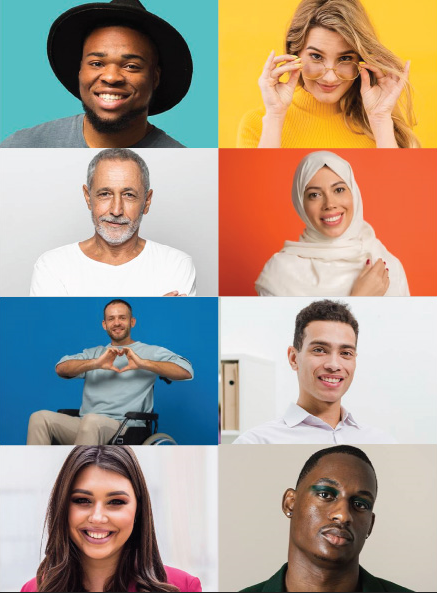When questioning where your ancestors originated, it’s especially rewarding to learn more about your ancestors, regardless of where you’re from. For those with Indigenous heritage, these untold stories of the “first people” not only shape our identity but also provide insights into the history of the United States and beyond.
As a child, I always enjoyed learning more about my family, especially my Native American ancestors, who made me feel part of something magical. Something that was original and that helped create this great continent I live in now.
This had me thinking – How many people truly acknowledge their heritage? What stories can you learn just by doing a little research to learn a little more about what makes you your unique self?
Here’s my personal story of exploration. I hope it inspires you!
Indigenous vs. Native American
You may be wondering the difference between Indigenous people and Native Americans. Native Americans specifically refer to Indigenous people in the Americas. Indigenous People refers to people who lived together as a community before any settlers arrived, regardless of where. This inclusive term describes people on any continent as Original People.
For instance, the Mayas in Mexico, the First Nations in Canada, and the Oglala Sioux who are a part of the seven bands of the Lakota division of the Great Sioux Nation. The latter is where my ancestor, Sophia Mousseau, originates.
Discovering My Family’s Indigenous Heritage
In a deep dive into my family’s history, I found an inspiring story that truly highlights the positive impact that two cultures coming together can have on each other. What’s important to note is that some parts of this story are still undiscovered, but the details that I did find have been influential to American history.
This story focuses on my paternal grandfather’s side – the Mousseau family. It was discovered that Sophia Mousseau, the daughter of Louis Mousseau, a French-speaking trader, and an Oglala woman (unnamed) was an interpreter for the peace commissioners at the Fort Laramie Treaty in 1868.
Sophia Mousseau, An Important Part of American History
Sophia was reportedly related to Red Cloud, an Oglala Lakota war leader who was one of the biggest opponents to the United States Army. These individuals were sent to create an agreement between the United States and several bands of the Lakota people, the Yanktonai Dakota, and the Arapaho Nation.
At the time, Red Cloud’s war was a conflict between the Nations against the United States from 1866 to 1868. In the two years before the war, miners and settlers traveled the Bozeman Trail as it was the shortest route from Fort Laramie and the Oregon Trail to the gold fields in Montana. This led to them depleting some of the area’s resources.
Sophia helped translate to help with negotiations between the tribes and the U.S. government. Once the treaty was signed, this ended Red Cloud’s War, which was a fight for control of land in Wyoming and Montana. The government abandoned all of its forts on the Bozeman Trail and returned land to the Sioux, Northern Cheyenne, and Arapaho nations.
It also helped establish the Great Sioux Reservation and who owned the Black Hills. After the signing of this treatment, Red Cloud led his people to their newly established reservation where they still live today.
The Journey to Knowing One’s True Self
As you can see, a little exploration can lead to inspiring stories like these. Knowing where you came from and what influence your ancestors have made on history is inspiring. Take some time to learn more about your family and the impactful stories they may have too. Learning these untold stories about history helps us to understand where we all came from, piece by piece.
Ready to learn more about Indigenous heritage and explore diverse cultures? Try our Diversity Calendar now and delve into the Diversity Calendar 2024 highlights!
FAQs
What makes a person indigenous?
Indigenous Peoples are social or cultural groups that share ancestral ties to the lands and their natural resources where they live or where they were displaced. Many have a language that is distinct from the official language of the country they reside, while others have lost their languages due to relocation. Studies estimate that over half of the world’s languages are at risk of becoming extinct by the year 2100.
Which is an example of indigenous?
There are over 370 million Indigenous Peoples spread across 70 countries globally. These groups of people have their own culture and social standards. They are known as the descendants who inhabited a country or region when people of different cultures arrived and became dominant. In North America, that may include the Inuits or Métis people in Canada, one of the many tribes in the United States, or even the Mayan or Olmec groups of Mexico.
Is indigenous a race or ethnicity?
Commonly, they are classified as a racial minority. However, being a member of a tribal nation requires a membership. These tribes exist as sovereign nations, so their people and tribes are technically political entities. Membership depends on blood ancestry. The term Native is used to describe indigenous peoples, but it can describe their traditions, lands, and people as a whole too.



